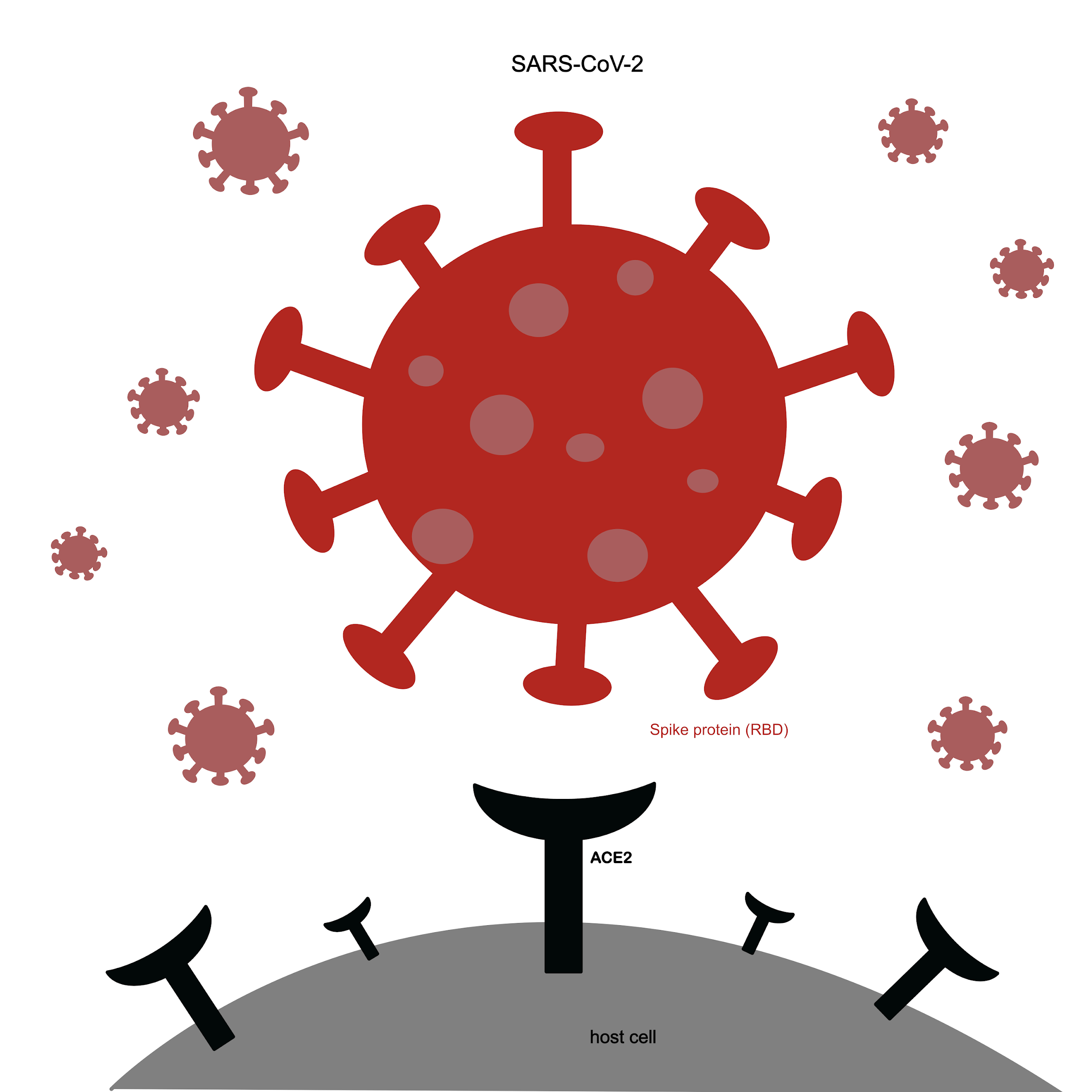
The ability to integrate process of science training with necessary skills in applying and communicating core theories in biological science and biology quantification, has been brought into focus by the COVID-19 pandemic. Students from high school up through graduate school, have made it clear that they do not comprehend how science is done, why it is done, and how to assess and communicate scientific claims. While the overwhelming 'noise' coming out of the pandemic may seem daunting, it also presents us with an opportunity to develop open educational resources that help learners improve their biological science and quantification skills, as well as their ability to sort through claims and communicate findings. To those ends, we developed a series of linked, OER learning modules, applicable from the high school and community education through the graduate and professional school levels, addressing microbiology, physiology, pharmacology, genetics, and proteomics through the lens of SARS-CoV-2. Students learn about the process of science, appropriate to their educational level, how scientists assess claims, and how to communicate findings.